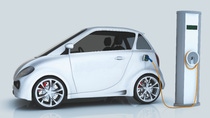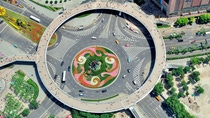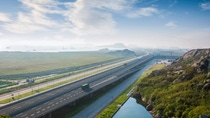Besides functionality, design and form are decisive factors when itcomes to cars. BASF products are not only functional – their beautifulsurfaces and appealing haptics are also impressive.
The color is very important to many car owners, who are increasinglydemanding greater depth and dimension in paints. The answer isthe award-winning special-effect paint XSpark®, which was recentlyhonored with the Red Dot design award. Its intense radiance, particularly in sunlight, is due to the integrated glass particles. The surfaces of dark-colored cars heat up considerably whenexposed to sunlight.
Vehicle interiors can also become unbearably hot unless the airconditioning is working at full blast. Functional pigments from BASFstop drivers getting hot and bothered at the wheel. They ensure thatsurfaces coated with darker paints do not heat up as intensely on hotdays by reflecting radiation rather than absorbing it. The passengercabin remains significantly cooler, which reduces the energy neededfor air conditioning.
Leather interiors represent elegance and exclusivity, but are alsorobust and easy to maintain. And leather can also contribute toreducing weight. Artiria leather from BASF is produced in a specialprocess using Relugan® RE & RF and Densodrin® DP. The leather is 20 percent lighter than conventional leather used for car seats, butjust as tear resistant. A light coating provides physical propertieswithout negatively affecting the leather’s natural characteristics. Theproducts in the Astacin® and Lepton® ranges are free from solventsand other volatile organic substances; this prevents unpleasantodors, among other benefits.
The transfer coating technology valure® allows virtually unlimiteddesign freedom in car interiors. The coating consists of water-basedpolyurethane dispersions that can be applied onto leather, textiles orplastics.The coating is microporous and offers enhanced breathabilityand comfort. Valure offers the possibility to equip seat covers orplastic components with leather structures, geometric designs orsoft-touch effects.



